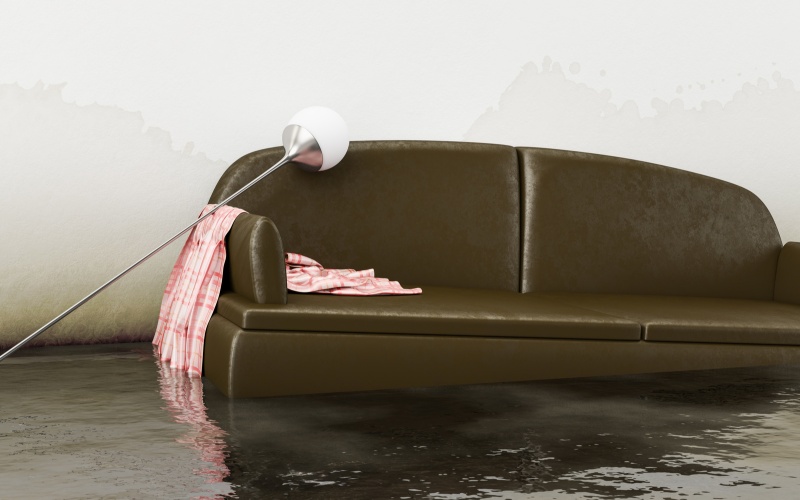When selecting the best yoga mat for summer outdoor sessions, the first step is to consider the material. A good outdoor yoga mat should be made from durable, weather-resistant materials like TPE (Thermoplastic Elastomers) or natural rubber. These materials can withstand various weather conditions and provide a stable surface. They are also eco-friendly and provide excellent cushioning, which is crucial for protecting your joints during yoga practices on harder outdoor surfaces like concrete or grass. Moreover, the right material ensures the longevity of the mat under direct sunlight and frequent outdoor use, making your investment worthwhile.
Consider the Thickness and Padding
For outdoor yoga, the thickness of the mat is particularly important. A mat that is too thin may not offer enough protection from uneven or hard surfaces, while a very thick mat can be cumbersome to carry and may not provide the stability needed for yoga poses. Ideally, a mat with a thickness of about 5mm provides a good balance between comfort and portability. This thickness helps to cushion the body effectively during a variety of poses while still allowing for a solid connection to the ground, which is essential for balance and stability in yoga. A suitable thickness also ensures that the mat is easy to roll up and transport, adding to its convenience.
Look for a Non-Slip Surface
One of the key features to look for in an outdoor yoga mat is a non-slip surface. Summer conditions can lead to sweaty hands and feet, which in turn can make a yoga mat slippery. Look for mats designed with textured surfaces to enhance grip. Some mats feature a double-sided design with different textures on each side, allowing you to choose which side works better for the environment you are in. This feature can significantly improve your safety and performance by preventing slipping and allowing you to maintain proper alignment in your yoga poses. The right texture will provide the necessary traction even in moist or dewy conditions.
UV Resistance Matters
Exposure to the sun is a major factor to consider for outdoor yoga mats. UV rays can cause degradation in many materials over time. Choosing a yoga mat that is treated for UV resistance can help maintain its color and structural integrity longer. This treatment helps prevent the mat from becoming brittle or fading after prolonged exposure to sunlight, ensuring that the mat remains functional and visually appealing throughout its life. UV-resistant materials also contribute to the durability and lifespan of the mat, making it a smart choice for frequent outdoor practitioners.

Easy to Clean and Maintain
Outdoor yoga mats can get dirty much quicker than indoor mats. Look for mats that are easy to clean. A mat that can be simply wiped down with a damp cloth or even rinsed with water will save you a lot of hassle. Some materials can also be treated with antimicrobial agents to help prevent mold and mildew from developing, which is particularly useful if your mat frequently gets damp or is stored in a humid place. Additionally, an easy-to-clean mat ensures that it remains hygienic and odor-free, which is especially important for maintaining a pleasant yoga experience.
Portability is Key
Since outdoor yoga often involves traveling to a park, beach, or other locations, the portability of your yoga mat is crucial. Lightweight mats that are easy to roll up and carry, possibly with a handle or carrying strap, are ideal. There are even travel-specific yoga mats that are designed to be ultra-portable, folding up small enough to fit into a suitcase or backpack without sacrificing too much on comfort and durability. A portable mat should also be robust enough to handle frequent folding and rolling, ensuring it remains functional over time.
Color and Design
The color and design of your yoga mat can also enhance your yoga experience. Bright colors and beautiful patterns can help improve your mood and inspire your practice. However, lighter colors might not be the best choice for outdoor mats as they can show dirt and stains more easily. Consider choosing a mat with a darker or patterned design that can hide marks and blend with the outdoor environment. Additionally, a visually appealing mat can make your yoga practice more enjoyable and motivating, which is particularly beneficial when practicing in nature.
Environmental Impact
For those who are environmentally conscious, considering the ecological impact of your yoga mat is important. Opt for mats made from sustainable materials like organic cotton, natural rubber, or jute. These materials are not only better for the environment but often provide additional benefits such as increased breathability and biodegradability. By choosing an eco-friendly yoga mat, you contribute to the sustainability of the environment, which aligns with the holistic and mindful principles of yoga itself. Additionally, natural materials often offer superior performance in terms of comfort and grip.
Price vs. Quality
Finally, balance the cost of the yoga mat with the features and quality it offers. While it's possible to find affordable options, investing in a higher-quality mat might be more cost-effective in the long run. High-quality mats are typically more durable, offer better features, and provide greater comfort and stability. Consider your yoga practice intensity and frequency to determine how much you should realistically invest in a mat. A higher upfront cost may yield a mat that withstands the test of time and use, ultimately offering better value for money.
With these considerations in mind, selecting the best outdoor yoga mat for your summer sessions can enhance your yoga experience, helping you achieve a deeper sense of peace and accomplishment in your practice. Choose wisely to ensure that your mat meets all your needs, both functional and aesthetic, to make the most out of your outdoor yoga adventures.




